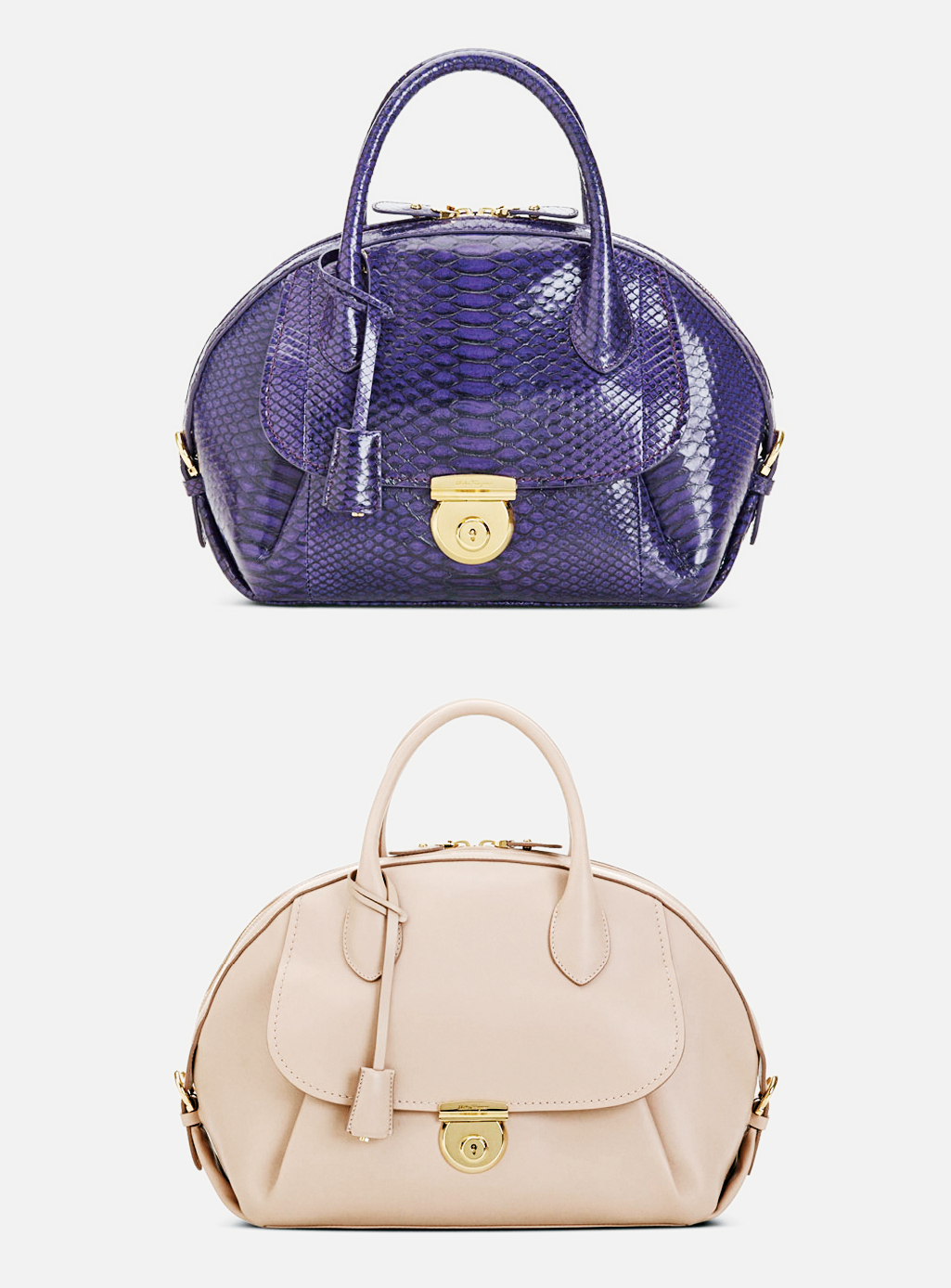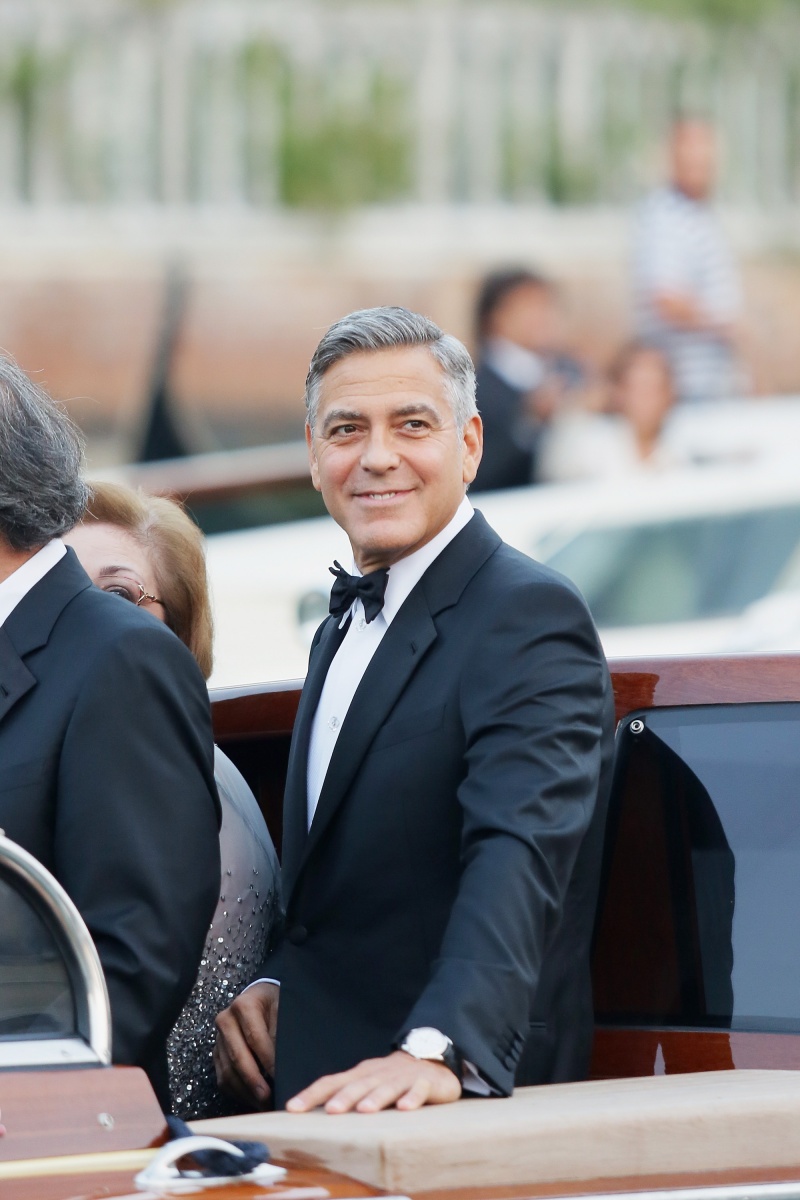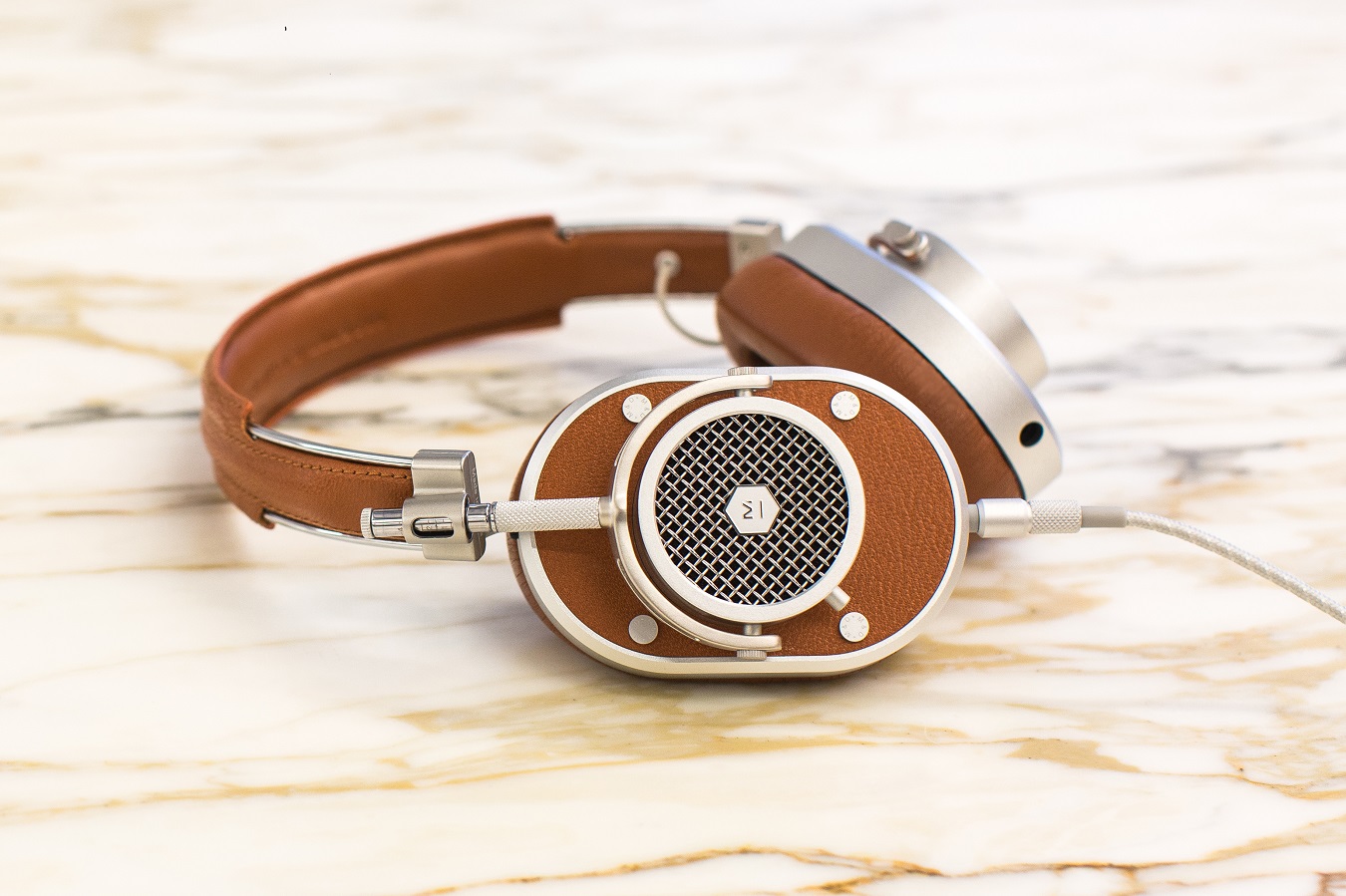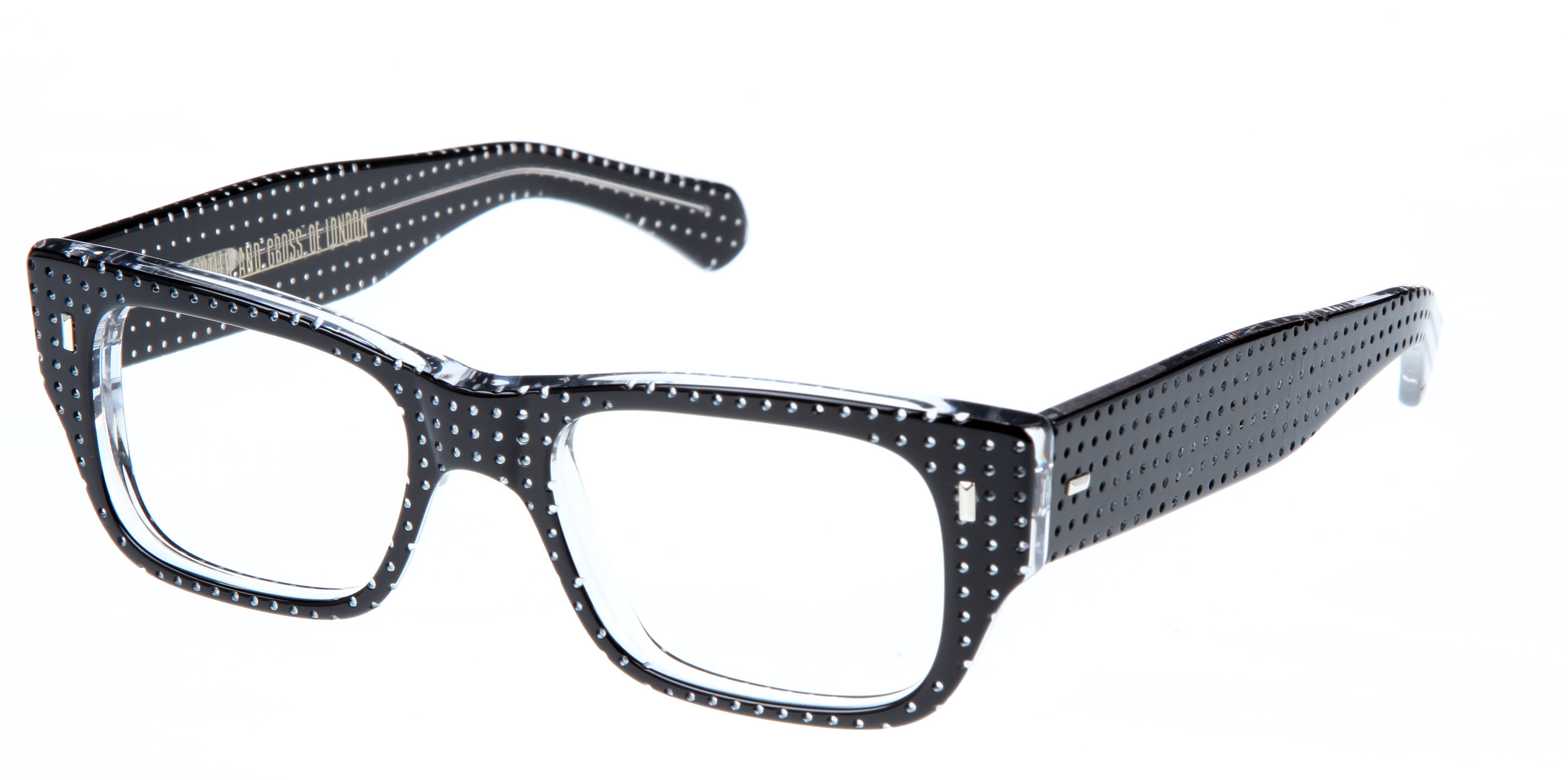The Fascinator
A royal accessory.
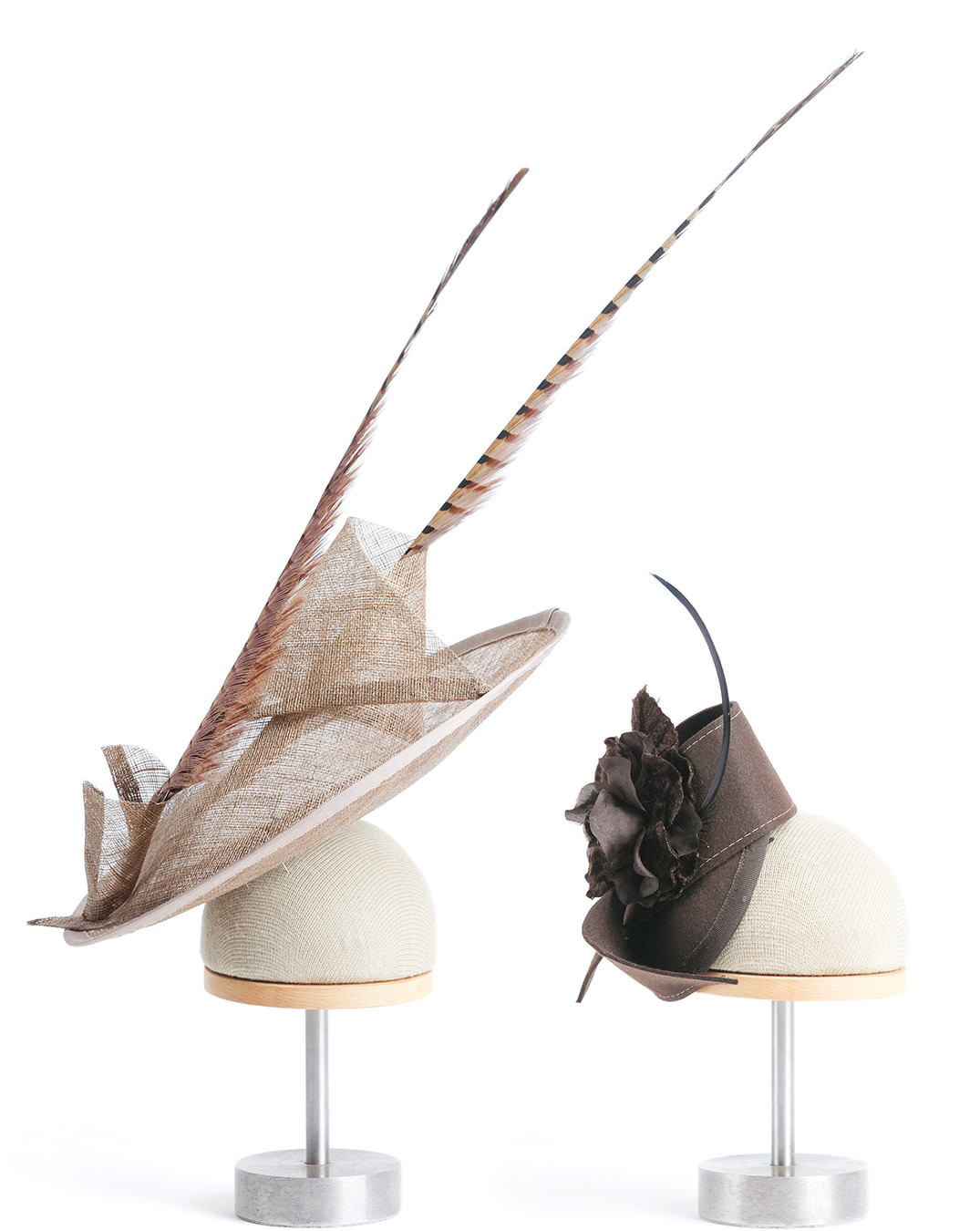
While many follow in fascination the impending nuptials of Prince William and Kate Middleton, fashionistas are watching the fascinators, those cute, not-so-dainty, not-quite-hats that so coyly not-quite-crown the future queen-consort to Canada. Since the 16th century, the fascinator has flirted in the shadow of fulsome hats, but with Kate’s face-forward fashion example, it is poised to be the sans-hat of the season.
Fascinators (from the Latin fascinare: to enchant or charm) are whimsical confections commonly made of ribbons, beads, organza, and feathers that elegantly clip, rather than perch, and often sit askew to one side of the head. “A fascinator is sort of a timid step toward wearing a hat,” says milliner Sherri Hrycay of Sová Design in Saskatoon, who handcrafts hats and fascinators for all seasons at her studio. “It’s testing the waters before you take the plunge.”
Originally, the term fascinator referred to a lace or knitted shawl worn over the hair for special occasions. By the time Marie Antoinette started sitting for portraits, fashionable women preferred wigs. But as purse strings grew tighter following the French Revolution, hair adornments grew more petit. A feather and a string of beads. A flower and some lace. And the flirty fascinator was reborn. About that same time, in 1784, the British government imposed a “hat tax”, which inspired creative means of tax evasion. A hat is not a hat when it’s a fascinator.
Like many fashions, it has come and gone and come again. “Girls and women are obsessed with their hair. Heaven forbid they get hat head,” says Hrycay. “With a fascinator, they can feel their outfits are complete without messing up their crowning glory.”
Photo by David Stobbe/Stobbe Photography.





